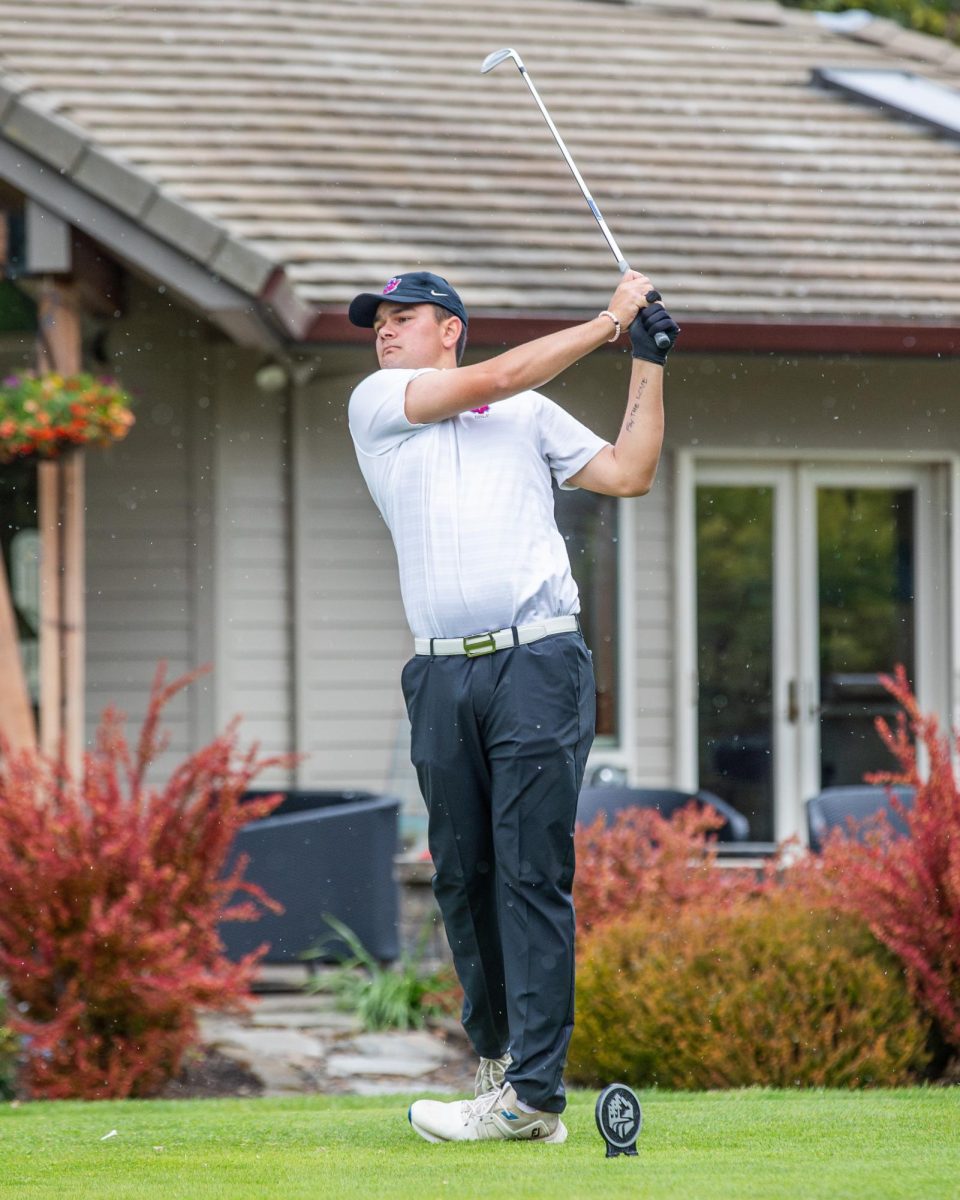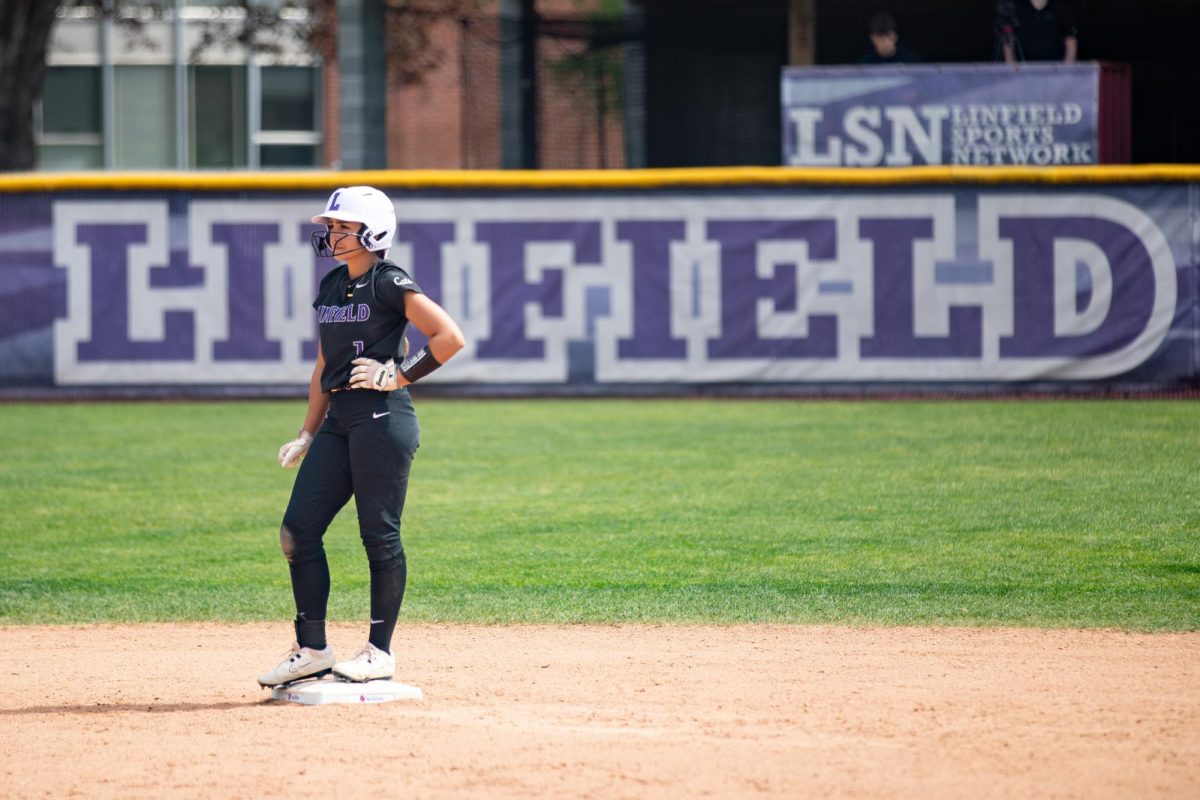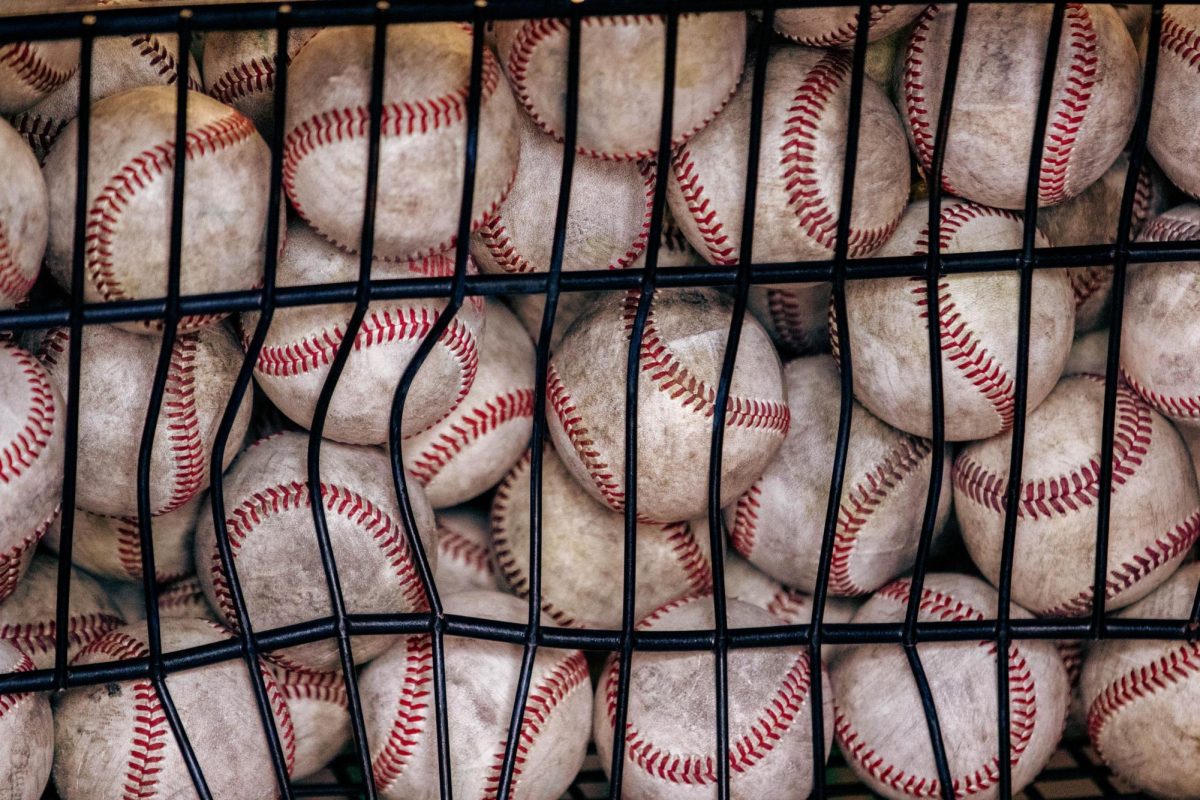As I was watching the men’s soccer game on Oct. 19, not only did I see our Wildcats crush Pacific University 4-2, but I also noticed how physical soccer was as a sport. The players never seemed to stop moving.
They were always chasing after the ball, dribbling the ball past the opposing players and even sliding aggressively in attempt to switch team possession.
If you haven’t caught on yet, soccer was not a significant part of my life. It wasn’t popular where I was growing up. And I admit that last Saturday was my first time watching a soccer game. Despite what others have told me about the pace of the game, I actually enjoyed the slower pace. Even though the game wasn’t as fast-paced as football or basketball, I felt like the excitement never really stopped. It looked like all the players where consistently being competitive and never stopped moving.
I would like to emphasize this point because it pretty much blows me away. Pretty much every player, excluding the goalie, had to go from running with stamina to short spurts of sprints and heavy footwork. Not only did they have to make that transition, but the players had to do so quickly to maintain possession of the ball.
Even though I am fairly uneducated when it comes to soccer, I do know as a runner of that particular variety of movements is very demanding on your lower bodies. I became curious of the types of injuries soccer players faced because of the nature of the sport and so I did a little research.
Some injuries are pretty predictable. The top four most common injuries include sprains, strains, fractures and knee injuries.
After ankle sprains, medial collateral ligament sprains of the knee are most common. Muscle strains are also a common injury soccer player’s face. Most strains occur most commonly with groin muscles, hamstrings and quadriceps. Although muscle strains are often over-looked as small and annoying pains, muscle strains do keep players off the field as it can lead to more serious injuries in the future.
The majority of soccer-related fractures happen in the lower extremities. Although fractures can be very serious, an easy way to protect a player from fractures is to ensure that proper protective gear, shin guards, are being utilized.
As knee injuries are dominant in runners, it makes sense that soccer players also have to deal with a substantial amount of knee injuries. In fact, knee injuries are the most common type of major injury in soccer. Many knee injuries, especially ACL ruptures, occur away from contact. They are often the result of putting too much of a load on the knee joint during the sudden stops and starts.
One of the most surprising injuries in my opinion are head injuries. I assumed that if soccer players knew how to head the ball properly, that they wouldn’t have to worry about head injuries. Well to my surprise, head injuries have become a cause of concern for some members of the soccer community. In an article found in Medical News Today entitled “Soccer Headers can lead to brain Injury,” advanced scans show that soccer players who head the ball frequently have changes in the white matter of their brain that mirror those seen in traumatic head injuries. This finding is causing a lot of concern for soccer fans, especially since according to U.S. Youth Soccer statistics estimated that about 3,020,633 youth are participating in soccer this year alone.
So knowing the top five injuries in soccer, what are the most dangerous positions? According to Ortho Northeast, a website that specializes in injury information and treatments, the most dangerous positions on the field were forward and goalkeeper. Forwards accounted for 28 percent of the injuries, as forwards are expected to have speed, good footwork, and a powerful shot. Goalkeepers on the other hand accounted for 18 percent of injuries as goalies have to have good positioning, fast reaction and good ball handling skills.
These are just a few interesting things I found in terms of injuries in soccer. I have new found respect for the game of soccer and regret not discovering the beauty of the sport earlier. However, for all of those looking to pick up the sport, remember to have fun and to keep these potential injuries in mind.
Camille Weber / Sports columnist
Camille Weber can be reached at [email protected].






